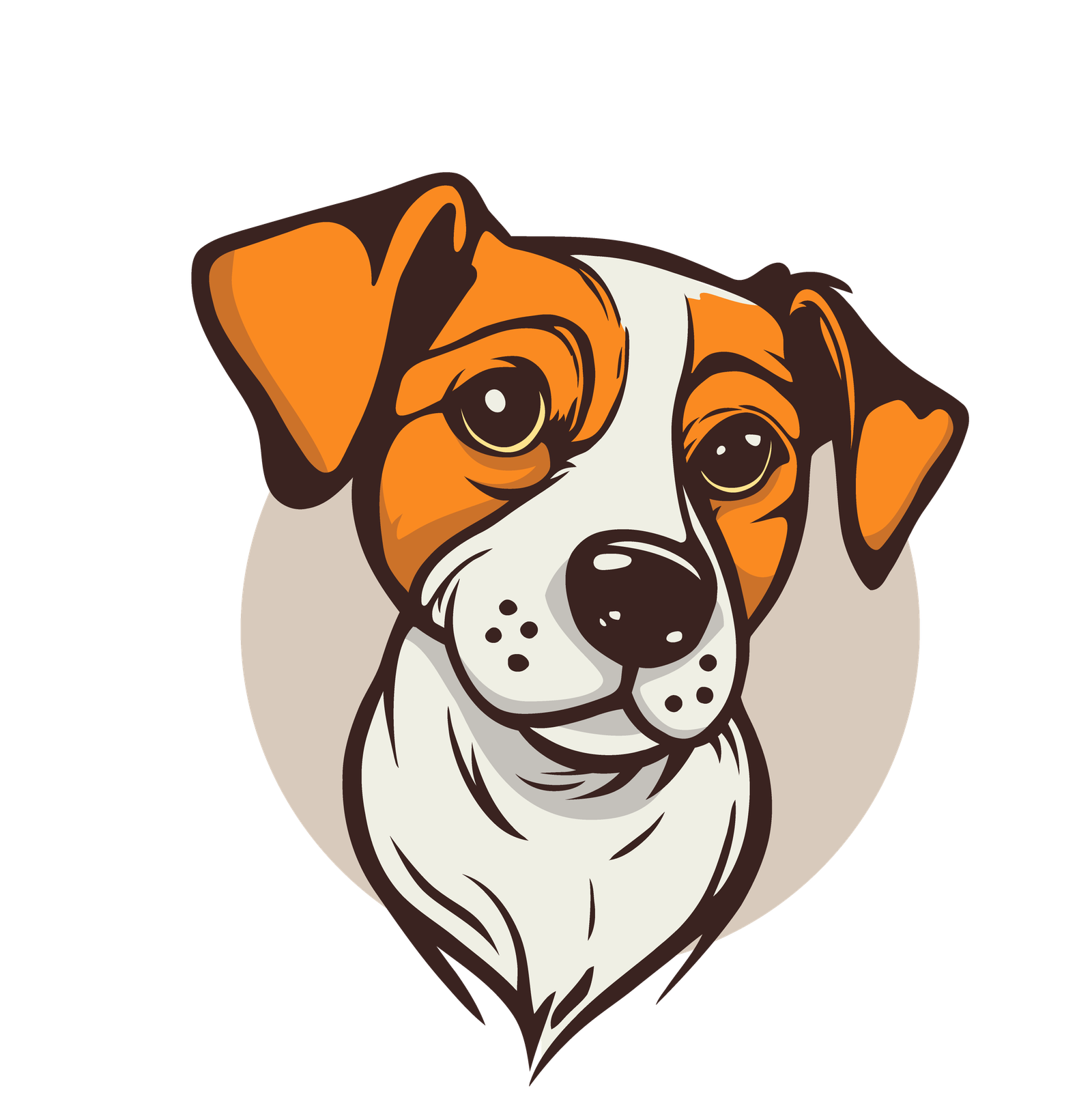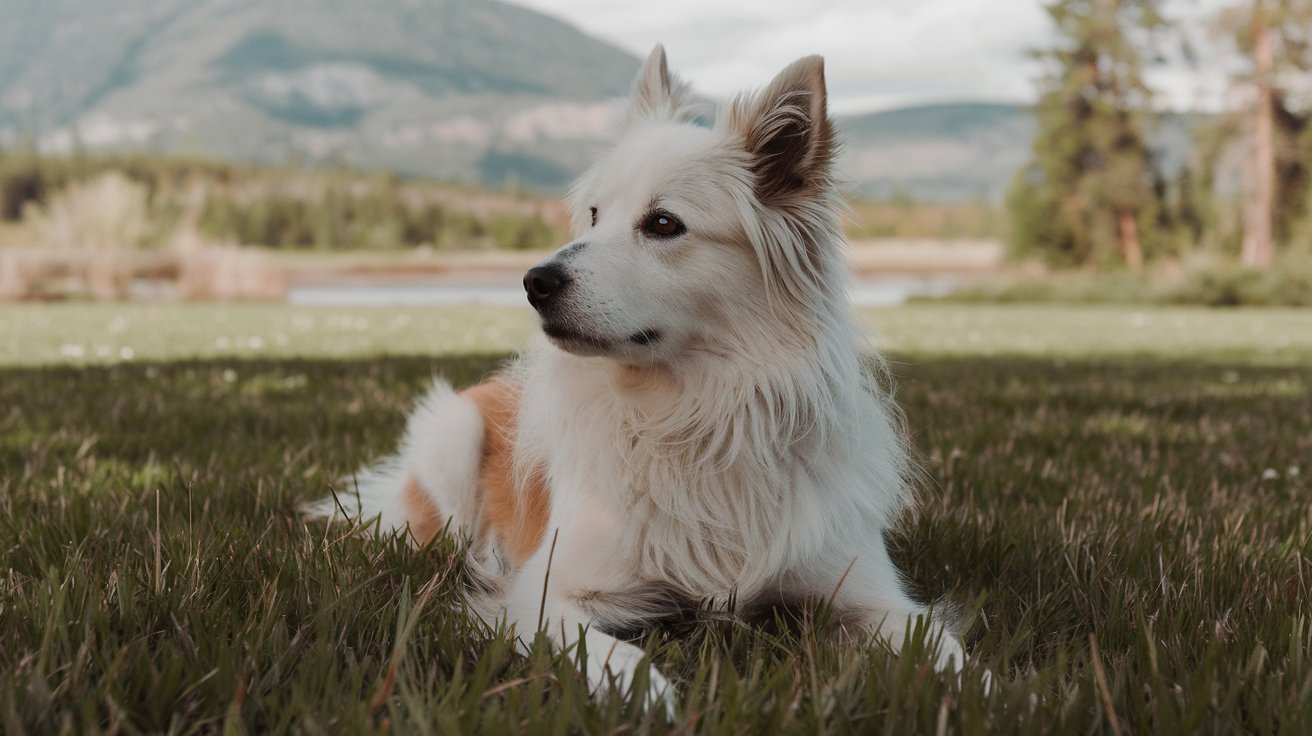Have you ever looked at your dog, only to find them giving you that infamous Dog with Side Eye? That slight glance from the corner of their eye, often paired with a bit of attitude, has become one of the most amusing and relatable dog behaviors. But what does it mean when your furry friend gives you that look? Let’s dive into the science, emotions, and behavior behind the dog with side eye.
What is the “Dog with Side Eye”?
The side eye—also called whale eye—occurs when a dog turns its head but keeps its eyes fixed on something or someone, showing more of the whites of its eyes. This quirky expression is seen across all dog breeds and is often captured in viral memes and videos.
Fun Fact: Side Eye in Popular Culture
The dog side eye has gained popularity in recent years, especially with famous internet dogs like Tuna the Chiweenie, known for their quirky looks. This expression has transcended human humor, often being labeled as a look of disdain, disbelief, or even sarcastic suspicion.
Why Do Dogs Give Side-Eye?
While the side eye is often humorous, it’s crucial to understand that it could signal various emotional states in dogs. Here are a few reasons your pup might be flashing you the side eye:
1. Uncertainty or Anxiety
When a dog feels uncomfortable or unsure, they may give a Dog with Side Eye as a way of assessing the situation. It’s their way of keeping an eye on what’s happening without fully engaging. For example, if a dog feels cornered or is near an unfamiliar person, the side eye might indicate wariness.
2. Guarded Attention
Your dog might give a side eye when they’re hyper-focused on something but don’t want to make their interest obvious. Imagine they’re watching another dog playing with a toy they like but don’t want to make a sudden move. The Dog with Side Eye is their subtle way of tracking what’s going on.
3. Playful Antics
Some dogs use the side eye during play, especially when they’re trying to appear disinterested before making a pounce. It’s part of their playful body language that says, “I’m pretending not to care, but I’m about to engage!”
4. Displeasure or Warning
In some cases, the side eye might signal that your dog isn’t happy with something. For example, if you’re giving them a bath or trying to take away their favorite toy, they might flash you that side eye as if to say, “I’m not okay with this!”
5. Resting Expression
Sometimes, the side eye is just part of your dog’s resting face. Some breeds naturally show more of the whites of their eyes, especially those with more prominent eyes like Pugs, Boxers, and Boston Terriers.
Decoding the Side Eye: A Step-by-Step Guide to Reading Your Dog’s Body Language
To understand the side eye, it’s essential to consider the context and your dog’s overall body language. Here’s a simple guide to help you decipher what your dog might be feeling:
- Look at Their Ears: Are they perked up or laid back? Ears back can indicate nervousness or submission, while forward ears show interest or alertness.
- Check the Tail: A wagging tail doesn’t always mean a happy dog. If it’s low and wagging slowly, your dog might feel uneasy. A stiff or tucked tail is often a sign of fear.
- Observe the Mouth: Is your dog panting heavily or licking their lips? These are common signs of stress. On the other hand, a relaxed mouth usually means a calm and happy dog.
- Body Posture: Is your dog stiff and tense, or are they loose and relaxed? A stiff body with a side eye often signals discomfort, while a relaxed stance might mean they’re just keeping a playful eye on you.
By looking at these cues together, you can get a better idea of what your dog is trying to communicate with their side eye.
What to Do When Your Dog Gives You Side Eye
When your dog flashes you that side eye, it’s essential to respond in a way that makes them feel safe and understood. Here’s how to handle it:
1. Stay Calm
Dogs are incredibly in tune with their owners’ emotions. If you react with frustration or alarm when your dog gives you the side eye, they might become more anxious. Stay calm and try to assess why your dog is giving you that look.
2. Evaluate the Situation
Is there something around that might be making your dog uncomfortable? Maybe a loud noise, a new person, or another pet? If so, try to remove the stressor or give your dog some space.
3. Reassure with Body Language
Instead of rushing over to comfort them with hugs (which some dogs might not appreciate), try to use calm body language. Sit down, make yourself smaller, and offer a soothing tone to let your dog know everything’s okay.
4. Respect Boundaries
If your dog is giving you the side eye during activities they don’t enjoy (like grooming or bathing), respect their boundaries. Give them breaks and use positive reinforcement to make the experience more pleasant.
Can You Prevent the Side-Eye?
While the side eye isn’t necessarily something that needs to be “prevented,” ensuring your dog is comfortable and relaxed can reduce anxious or defensive instances. Here’s what you can do:
1. Build Trust with Positive Reinforcement
One of the best ways to ensure your dog feels secure is through positive reinforcement. Reward your dog when they’re calm and relaxed, especially during activities they might not enjoy. Over time, this can help reduce behaviors like the side eye that stem from discomfort.
2. Create a Safe Environment
Ensure your dog has a safe space where they can retreat if they feel overwhelmed. A cozy bed or crate in a quiet area can give them the confidence to handle stressful situations.
3. Socialize Early
If your dog is still a puppy, early socialization can help prevent behaviors like the side eye from becoming a sign of anxiety. Expose them to various people, animals, and environments in a controlled and positive manner.
How to Capture That Perfect Side Eye Moment
Let’s face it: the Dog with Side Eye can be downright hilarious and photo-worthy. If you want to capture your dog’s best side eye for Instagram, here’s a quick guide:
- Timing is Everything: Catch your dog when they’re in a playful or curious mood. Try holding up a favorite toy just out of reach.
- Use Treats: A well-placed treat can help you get the perfect sideways glance as your dog tries to figure out how to get it.
- Stay Low: Get down to your dog’s eye level for the best angle. This will make their expression stand out even more.
- Be Patient: The perfect side-eye moment might take some time, so be patient and keep your camera ready!
Conclusion:
The Dog with Side Eye is just one of many ways our dogs communicate with us. While it can sometimes signal discomfort or unease, it’s often just a quirky, playful expression that gives our dogs so much personality. By paying attention to your dog’s body language and understanding the context, you can better respond to their needs and strengthen your bond.
Plus, who wouldn’t love a dog with a little sass? So the next time your pup gives you that unmistakable side eye, take it as an opportunity to laugh, bond, and perhaps snap a memorable photo.

